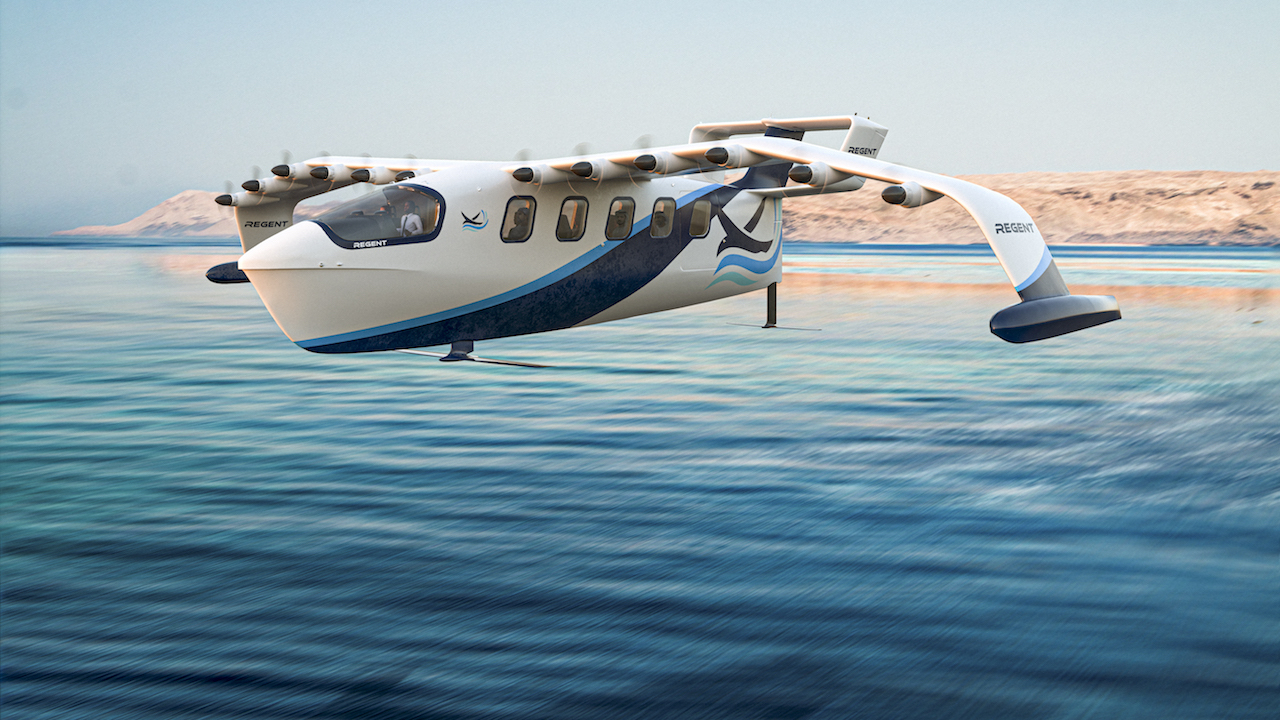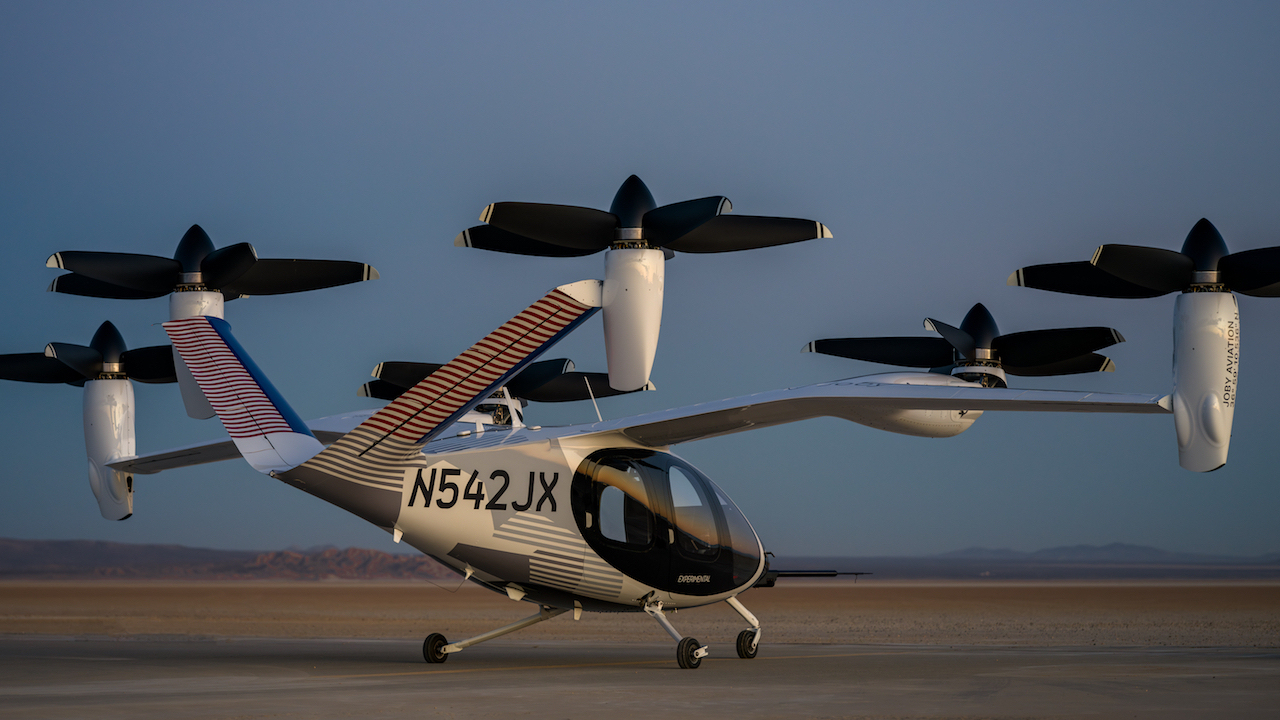Easy Glider
A radical new form of transport coming to the UAE promises to cut drastically the time to travel between the country’s largest cities.

Regent Craft says that its Viceroy will dramatically cut journey times between points in the UAE and to elsewhere in the Gulf. IMAGE: Regent Craft
Is it an aircraft? Is it a hydrofoil? Is it a vessel? The seaglider scheduled to make its debut between Abu Dhabi and Dubai early in 2027 promises to significantly cut the time required to travel between the two cities.
The technical term for the seaglider, built by US firm Regent Craft, is a ‘wing in ground effect’ (WIGE) vehicle. This takes advantage of a physical property produced when a winged craft flies just above water or flat land, utilising the ‘ground effect’ – a phenomenon where air pressure is increased beneath a wing flying close to a surface, allowing it to remain airborne just above the water or other surface.
This most spectacular previous examples of WIGE craft were produced by the Soviet Union, which developed several models for naval use in the 1960s to 1980s. These huge craft, powered by multiple jet engines and mounting large anti-ship missiles above their fuselage, were used on inland waters. So large was one model that Nato dubbed it ‘the Caspian Sea Monster’.
Regent Craft’s initial Viceroy model is rather more modest in scale, but has reached the point of sea trials in Rhode Island’s Narragansett Bay, with first flight scheduled for mid-year. The Viceroy prototype is 55ft long, mounts 12 electric propellers on the leading edge of its 65ft/19.8m span wing and is designed to carry two crew and 12 passengers 180 miles at 180mph (288km at 288km/h), flying over water at a height of approximately one wingspan to minimise drag.
A seaglider is flown not by pilots, but by master mariners and the craft are classed as ships, which means that certification in the UAE will be handled by the Federal Maritime Authority.
In the US, certification is being handled by the US Coast Guard “and as soon as we have firm orders anywhere in the world, we engage with the local maritime authority”, said Regent Craft’s regional director Middle East, Dubai-based Shadi El Abdallah.
An unnamed Abu Dhabi organisation has “committed to a pretty large fleet of Viceroys,” he said.
Initial plans are to fly between Abu Dhabi and Dubai. The motorway linking the two cities is notoriously busy and can take a considerable time to drive. The Viceroy will be able to cover the distance in around 30 minutes, with fares estimated at $50-60.
Also on the horizon are flights between Abu Dhabi and Ras Al Khaimah, which will cut the three-hour drive to just one hour. Internationally, the roughly 300km trip between Abu Dhabi and Doha would be around 90 minutes (including departure formalities) by seaglider, considerably reducing the travel time of an aircraft when one adds all the time a traveller spends at an airport.
An added advantage of seagliders is that relatively little infrastructure is required to host them: “Dock geometry has to be changed to accommodate the wing, but it’s pretty much like any other vessel,” El Abdallah said. Electric charging points for the seagliders’ motors have to be installed. “We’re talking to the UAE and most ports and marinas have the necessary charging capability.”
In February, the company signed an agreement with Strategic Development Fund (SDF), the Abu Dhabi-based investment company that is part of the EDGE Group, to establish a joint venture that will bring seaglider manufacturing capabilities, maintenance services, and crew training to the UAE.
Beyond the Viceroy, United Marine Egypt (UME) shipping will be the first delivery customer for Regent’s much larger 50 to 100-passenger Monarch seaglider, with delivery targeted before the end of the decade. This deal builds on UME’s existing order for the 12-passenger Viceroy.
“They’re looking to connect a lot of the tourist destinations in Egypt such as Hurghada and Sharm-el-Sheikh with mega-resorts in Saudi Arabia, such as Neom,” El Abdallah explained. “They see an opportunity to install rapid transport between Egypt and Saudi Arabia.
Stay up to date
Subscribe to the free Times Aerospace newsletter and receive the latest content every week. We'll never share your email address.


